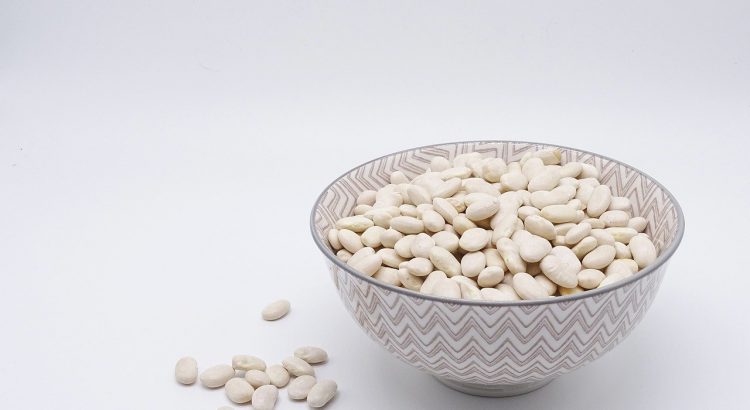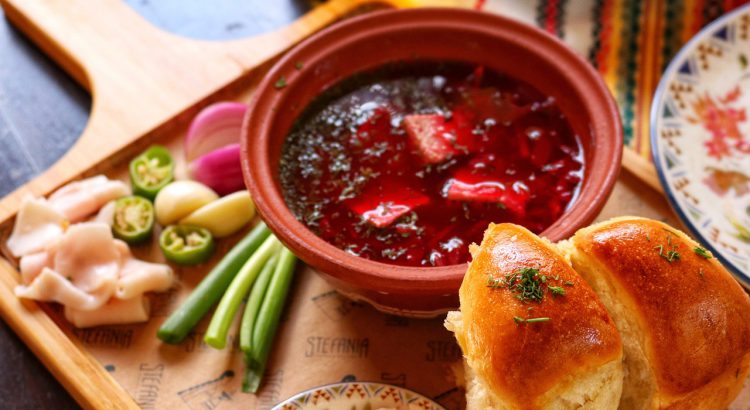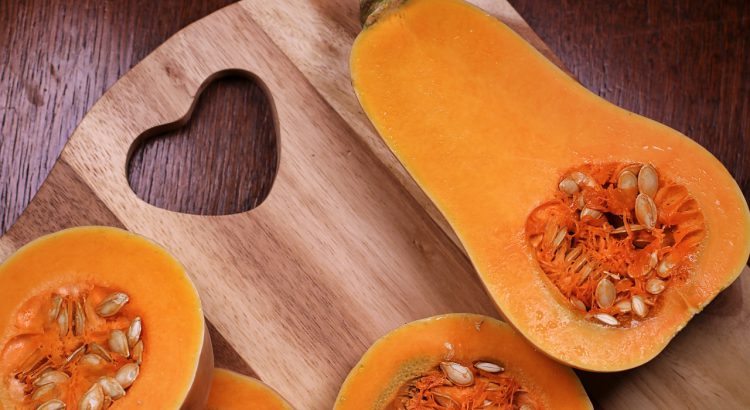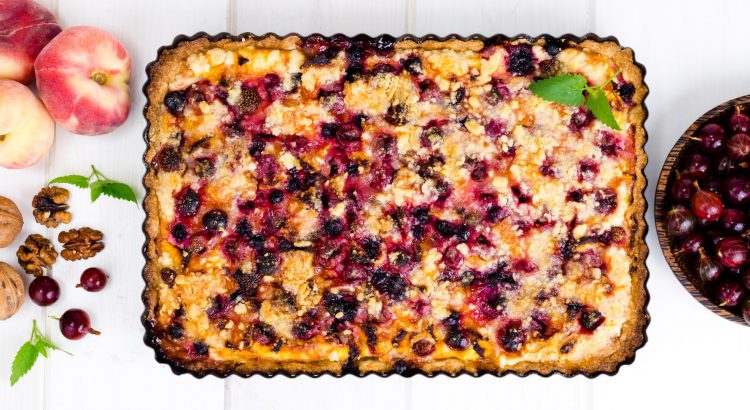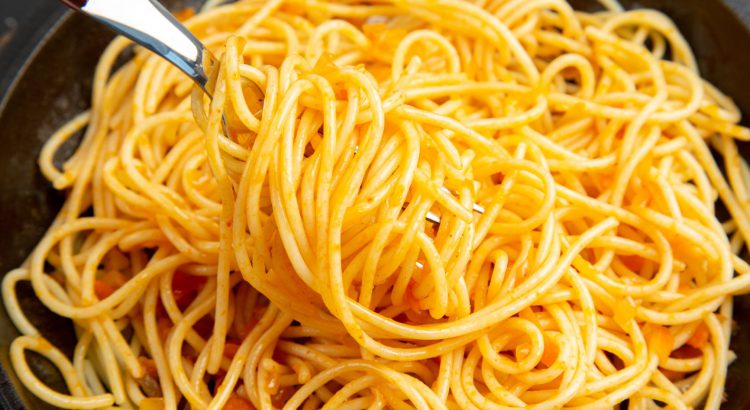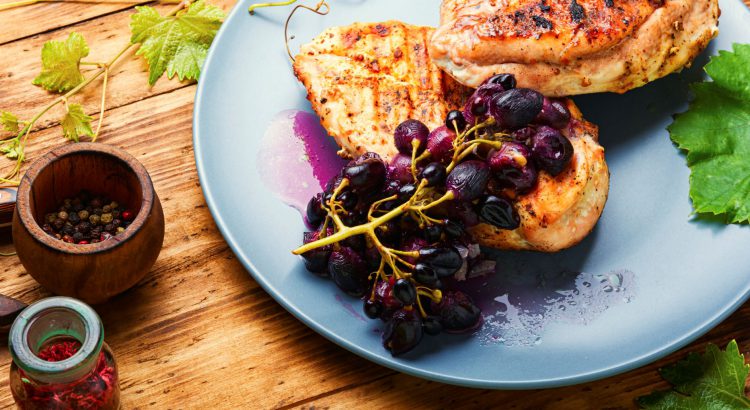Mustard is an underrated spice! We are used to a squeeze on a July Fourth bratwurst or spread on a classic turkey sandwich. But when was the last time you cooked with it? Whole mustard seed is used often in dishes across the Mediterranean to the Middle East and into India, often using the whole seeds toasted in oil to bring out their aromatic flavors. Dijon mustard is used quite a bit in French cooking as well. Try this mustard chicken recipe as a new way to use up that jar. If you’re feeling extra spicy, pair it with some sauteed mustard greens. —Dana Mealing, RDN, LDN, community nutrition educator, Tevis Center for Wellness
Read More

